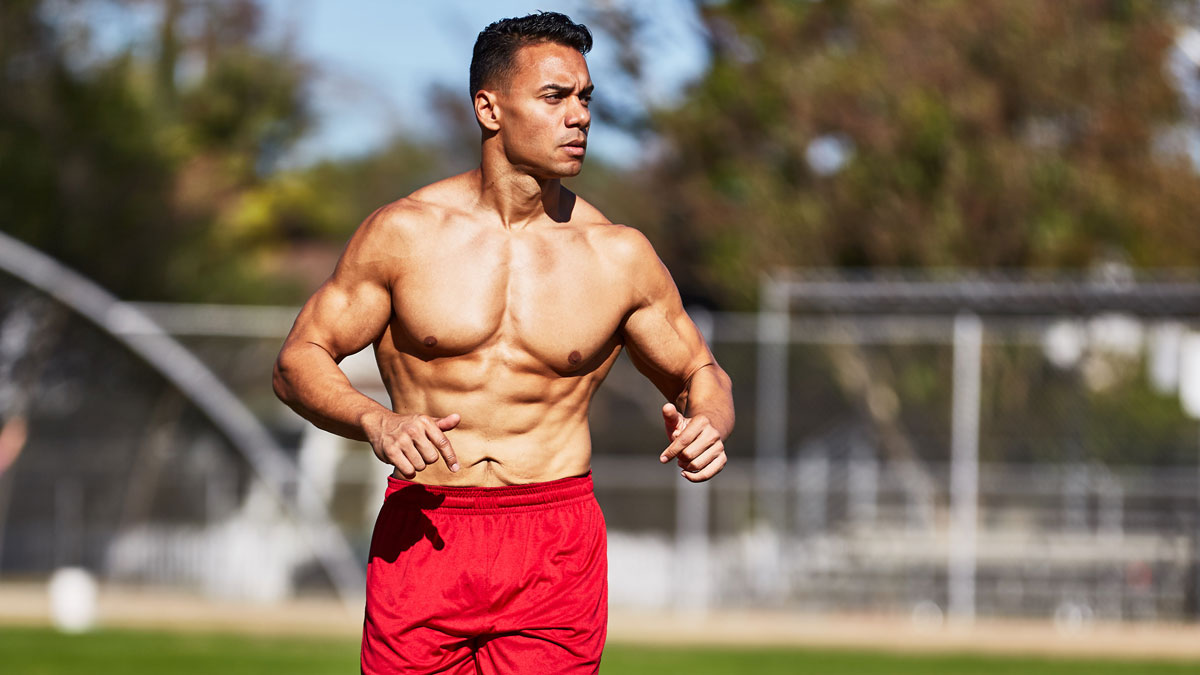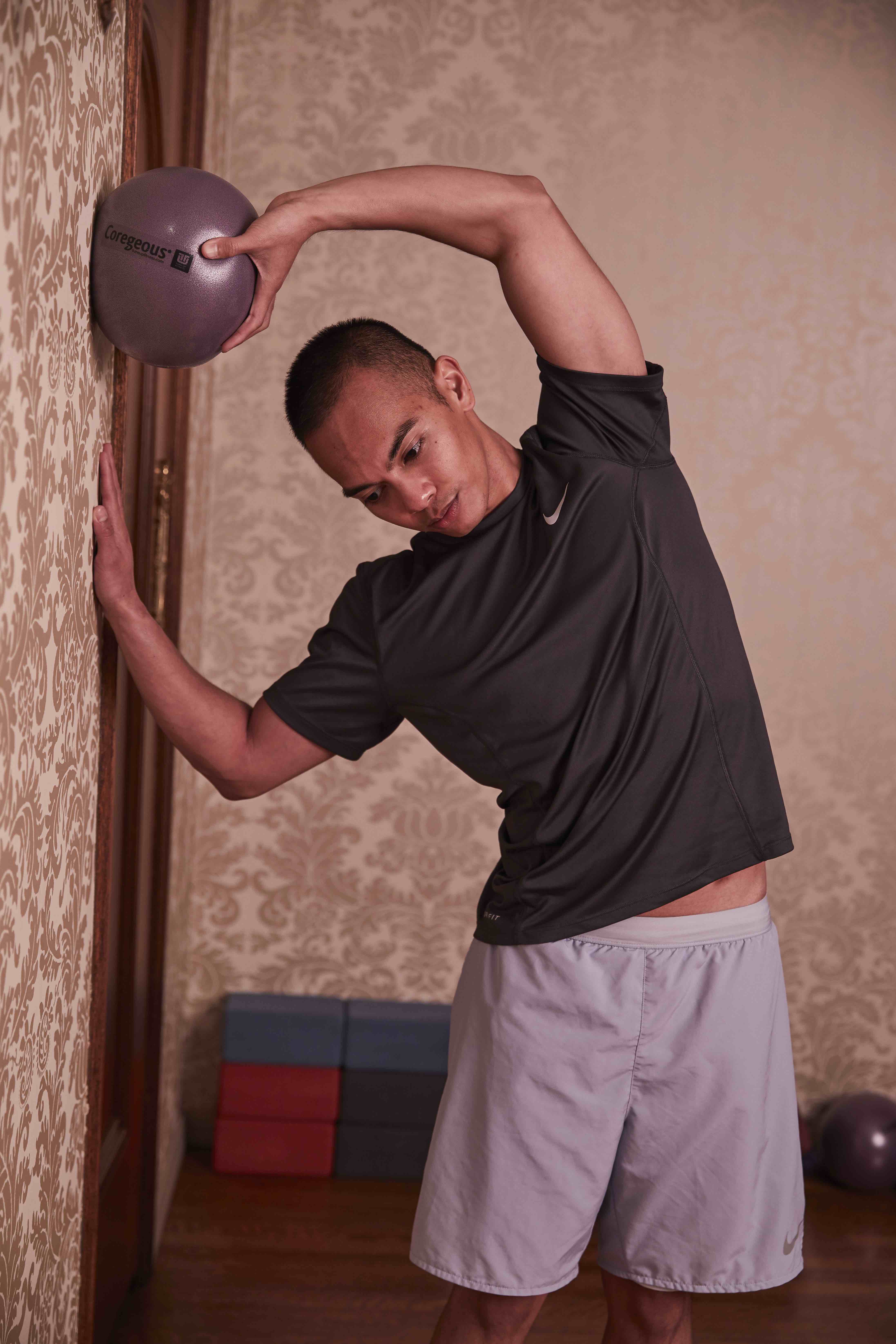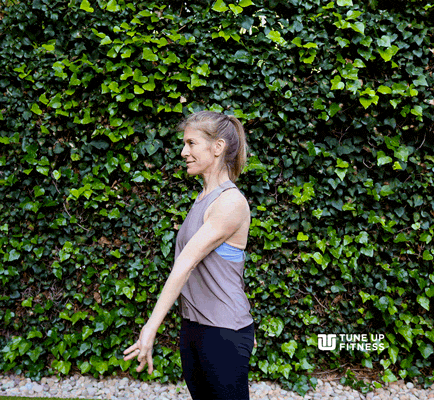
There’s no place like flow
Some days life feels like The River Wild, like paddling upstream, chased by an unstable Kevin Bacon. Your vision narrows, and so do your options. It’s exhausting. You want to be anywhere but here.
Other times it’s Splash Mountain. Your eyes widen, and you realize, “I’m alive!” An energizing, invisible current carries you forward as time falls away, along with your limiting beliefs and worries. You don’t even care that you’re making a funny face when they take your photo. You have a sense you’re growing, stretching, deepening, becoming more you.
This is how many people describe their encounters with “flow,” a special category of extremely enjoyable experiences. While we can’t click our heels to magically enter the zone on demand, we can take steps to improve our chances of opening the portal that will transport us there. String enough of these experiences together, and you’ll not only create the conditions for flow to emerge more often, but a happy life as well.
Here are three tips to bring the degrees of separation between you and flow down to zero.
1. Pursue activities that spark joy
In Flow: The Psychology of Optimal Experience, psychologist Mihaly Csikszentmihalyi writes, “Every person, no matter how unfit he or she is, can rise a little higher, go a little faster, and grow to be a little stronger. The joy of surpassing the limits of the body is open to all.”
Physical exertion is one avenue, but it isn’t required. The activity only needs to pique your interest and match your current skill level. If it’s too easy (for example, People Magazine crossword), you’ll get bored. Too hard (for example, New York Times Sunday crossword) and anxiety kicks in. Enjoyment is the sweet spot in the middle.
Practice suggestion: Marie Konda offers this advice in her book Spark Joy: An Illustrated Master Class on the Art of Organizing and Tidying Up. “The best way to identify what does or doesn’t bring you joy is to compare. In the beginning, unless your feelings are very black-and-white, it’s hard to decide if something brings joy when you look at it by itself. When you compare it with a bunch of other things, however, your feelings become clear.”
I tested her technique to help me identify a “breathe easier” stretch to add to my pre-meditation ritual. I tried on Gate pose and Boomerang on the floor, before deciding Boomerang at the wall was the best fit for me. For two simple reasons: A standing pose feels great before my sit, and having the wall as a prop gives me more control to safely explore the edges of stretch.

Does Boomerang at the wall spark joy for you too?
- Stand beside a wall, about a foot away.
- Touch the wall with your inside hand, fingers pointing up.
- Abduct your outside shoulder until your arm is beside your ear.
- Engage your core and laterally extend your spine toward the wall.
- Flex your raised elbow until your top palm lands on the wall, fingers pointing down.
- Look straight ahead, up at the ceiling, or down at the floor.
- Remember to breathe.
- When you’re ready, repeat on the other side.
Tip: If the wall is out of reach, hold a block in your outside hand to bring the wall to you (as pictured).
2. Exercise your “paying attention” muscle.
Attention is finite. The human nervous system can process only so much information at a time (approximately 126 bits per second). Think back to the last time someone was talking to you while you were checking your phone, and you’ll know this is true. When it comes to enjoyment, how you do it is more important than what you do. It’s the difference between hearing someone and actually listening to them, between letting sounds passively enter your consciousness and actively connecting with another person.
Focus can make challenges feel almost effortless. Focus leaves little room for regrets about the past or doubts about the future to cross our minds. Focus makes “flow” a happy place to be, a desirable vacation from our normal everyday worries.
Distractions are like a ripcord that pull us out of flow. By developing our ability to concentrate, we increase our chances of experiencing enjoyment and extending how long these experiences last. Yoga, meditation, mindfulness, unitasking, turning off our phone notifications are just a few of the ways we can strengthen our “paying attention” muscles throughout the day. (Ultram)
Practice suggestion: Compare how differently a focused mind feels from a distracted mind with this contract / relax meditation.
What does it feel like when your mind is wandering? And when it’s focused? Is one mental state more enjoyable than the other? In this 10-minute meditation, you’ll have an opportunity to set the two side-by-side and compare. It’s a YTU contract/relax exercise for your brain — a psychic stretch that encourages even deeper focus and relaxation.
3. Set clear goals and get feedback
If a goal is like a destination, then feedback is Google maps telling you how to get there. Goals and feedback contribute to “flow” experiences by providing points of focus and a reason to celebrate. You can have short term goals (for example, “I want to focus more on my breath during this yoga class”) and long term goals (“I want to develop a more sophisticated yoga practice”).
I’ve been training with Peloton for the past year, and I’ve found that workouts structured around my max heart rate and average output are an express elevator to the zone. My goals are highly personalized, based on my current fitness level. Plus, the instructors constantly remind me not to compare myself or my numbers to other riders. When I notice classes start to feel a little easier, I retake the fitness test to keep my focus sharp.
Practice suggestion: Progress with Propellor Arms
Propellor Arms has all the ingredients for flow. It requires concentration, you can customize the level of difficulty to your current skill level, and the movement is downright joyful. The mental and physical challenge of cross-patterning (using the right and left side of the body separately) strengthens the connection between the two hemispheres of your brain. In short, the experience changes you.
- Stand strong with your head, ribcage, and pelvis in line. Keep your soft knees and unlocked.
- Engage your core to stabilize your spine as you swing your arms in opposite directions, like you’re on an energetic walk.
- Progression 1: Increase the distance yours arms move apart from one another.
- Progression 2: Swing your arms all the way around, one arm spinning forward, one backward.
- Progression 3: Reverse directions.
What does flow feel like to you? Do you have any tips for finding flow? Add a comment and let us know.
Related Article: The Confluence of Pain and Pleasure: Navigating the Currents of Adventure with Squirtboat Champion Jeff Lane
Learn more about our Therapy Ball Products and Programs
Interested in video and blog content targeted to your interests?












Thank you for the reminder to slow down and be in the moment – and framing this as an exercise in and of itself! I do notice that after a hike I am able to focus much better on work as I have found my focus after being out in nature is vastly different than just waking up and getting straight into emails and tasks. Thank you
Several ideas from this post that resonated to me “Enjoyment is the sweet spot in the middle – not too easy, not too hard.’
The author shares: Mihaly Csikszentmihalyi writes, “Every person, no matter how unfit he or she is, can rise a little higher, go a little faster, and grow to be a little stronger. The joy of surpassing the limits of the body is open to all.”
Today, on my day off of YTU Teacher training, I went for a walk around the park – and was so amazed, refreshed, curious, and happy to see so many people – old, young, fit, unfit, big belly, turned in feet, slumped shoulders, rippled glowing muscles, head to toe fabric, short shorts and glistening torso, and they were all jumping, walking, kicking, laughing, playing with all types of balls, props, big groups, little groups, loud, quiet, vigorous, barely moving, talking, silent, under trees, in the sun, with animals, without children…. so interesting and hopeful – we are all trying to find “it” and you find it by doing “it!”
I followed the instructions and did this pose: Breath easier pose – boomerang on wall – I felt differences in each side, and how after I was able to take a much more expansive breath, without effort
Finally, from the guided meditation: I like this phrase: “bringing your mine back to focus in like doing a bicep curl – that in itself is the exercise. “
I find my flow when I’m dancing!! I can find it to when I give my time and my expertise to the community. But something, I’m stuck…with no flow anymore. I will try to follow your tips to find my flow more easily.
Wow. I absolutely loved the advice shared from Marie Kondo and I will use it. I never thought to use comparison to my benefit like this before. And overall, this is great advice for accessing ‘flow state’ with incremental efforts. I appreciate that!
Love the sparking of joy and getting into flow. Great connection with the meditation.
Getting the mind into a state of flow is a very interesting practice that needs to be done more frequently, usually people are used to be on a state out of it, being under stress, anger, etc. but now a days has become a more important state that people want to develop. Practicing meditation, mindfullness or other different practices can help us alot in order to get into this state of mind.
Exercise daily is so important, it keeps our body and mind healthy. Be able to enjoy daily exercise is the most important things for consistency so it can be a lifelong habit instead of taste is once or twice. Focus during the process is key, having a goal of what you are working on and what you want to get out from this exercise will help us improve our physical performance.
I love the idea of moving your body in ways that spark joy. Something important I have learned from YTU training is not every pose is for every person. If a certain movement or pose doesn’t speak to you, there are many ways to orient that pose differently or eliminate it from your practice.
I really liked the advice in this article and the three take aways for me were:
Do what you want to do and what you enjoy doing.
Remove distractions and dial into the people around you.
Set Goals.
Finding the “flow state” is a great feeling, but there is an ebb and flow to this process. A key element is having the intention/mindset to engage in your activities and be as “present” as possible.
Great tips for daily mindfulness. Fully agree that pursuing activities that spark joy can do wonders, and while this isn’t always an available option for everyone all the time, it’s good to know that there are other, simpler ways we can achieve this. Paying attention and setting goals, even the smallest ones, are things that all of us can do. We just need the discipline to practice them consistently.
My mother taught me propellor arms when I was a kid. I remember learning it and loved to do it – it was and continues to be a joyful movement!
I find for me that the challenge is distraction, not simply in the sense of external stimuli, but internal narratives and information that get in the way of simply allowing myself to experience joy. Yoga, meditation and mindfulness are all important tools for me to quiet the mind and be able to listen to the simple answers. Physical practice, whether yoga, dance or running, is also a key tool for me to access flow and thereby set myself up to more easily access that state in other ways. And more reps for the “pay attention muscle” – focus feels good!
I like the idea of choosing activities that spark joy, that fit into “that sweet spot in the middle” – not too hard, not too easy. It is a reminder of the importance of hobbies and pursuing specific activities for no other reason than the simple enjoyment of them.
Great suggestions for making each day count a little bit more. It can sometimes be difficult to find joy in everyday, overworked life but these simple reminders of hobbies, practices, behaviors etc make it easy to keep one’s mind on a positive track. And thanks for sharing the meditation! Using the breath to focus is such a helpful technique – learned in yoga, reinforced here.
Thank you, Jonathan. I love the meditation. Your voice is incredibly calming. I have been having troubling focusing and you have inspired me with this post.
Another great article Jonathan.. after being exposed to the idea of flow I actively try to go to bed at night and find a time in my day that I achieved flow; it helps calm down my mind to meditate on that experience at the point it happened in my day and be grateful for that experience and hope I find it the next day.. when you look for flow regularly, you appreciate your days so much more!! (but I agree, a lot of time it is the breathing heavy and clear mind in my workouts ha!)
This is often a theme when I’m teaching a class. Jonathan perfectly summarized this topic. Some directions I share with my students are : bring your attention to one point “ your breath”, you must challenge your self to move forward, and give your self permission to let go and be.
Thank you, Jonathan.. beautifully written with great practical suggestions.. the focus piece, especially the idea of single focus in a world that offers so much multi- tasking, multi screening, is a great reminder
Can you find “flow” in something that is not inherently pleasurable? I can think of so many tasks of my daily life that do not “spark joy”. They are however very important and necessary. How can I find flow in these tasks. Can I change my relationship to the task and over time find the joy in the mundane? When I find this flow state in a yoga class or on a run, it is often mindfulness in body sensations and breath that bring me there. The focus on being and not doing. Can this same mindful presence in a task such as changing a diaper or unloading the dishwasher bring about a new type of flow state. A state with no attachment and aversion. Perhaps the bigger questions is do I have the courage to approach these mundane tasks with as much opportunity for joy as the tasks that are “easier to love”.
thanks Jonathan. I loved the meditation! You have a beautiful voice and the pace was perfect. What a great practical experience and i love the ‘bicep curls’ analogy 😀
Really enjoyed listening to the audio recording! It was great to read about the flow state and then to be lead through an exercise to gently achieve that state. I love the imagery / metaphor of bicep curls for the “paying attention” muscles. Also love how this article echos the same sentiments of the idea of setting a sankalpa or using meditation as a way of honing in and recognizing the power of attention.
Amazing, practical support for living with greater ease and flow! The biggest take away for me is that finding this state requires a degree of challenge. It’s not something we can “click our heels” into, as stated. It’s a great reminder that the best things come from outside our comfort zone and takes practice to hone, like any other skill!
Wow great article! thanks for sharing